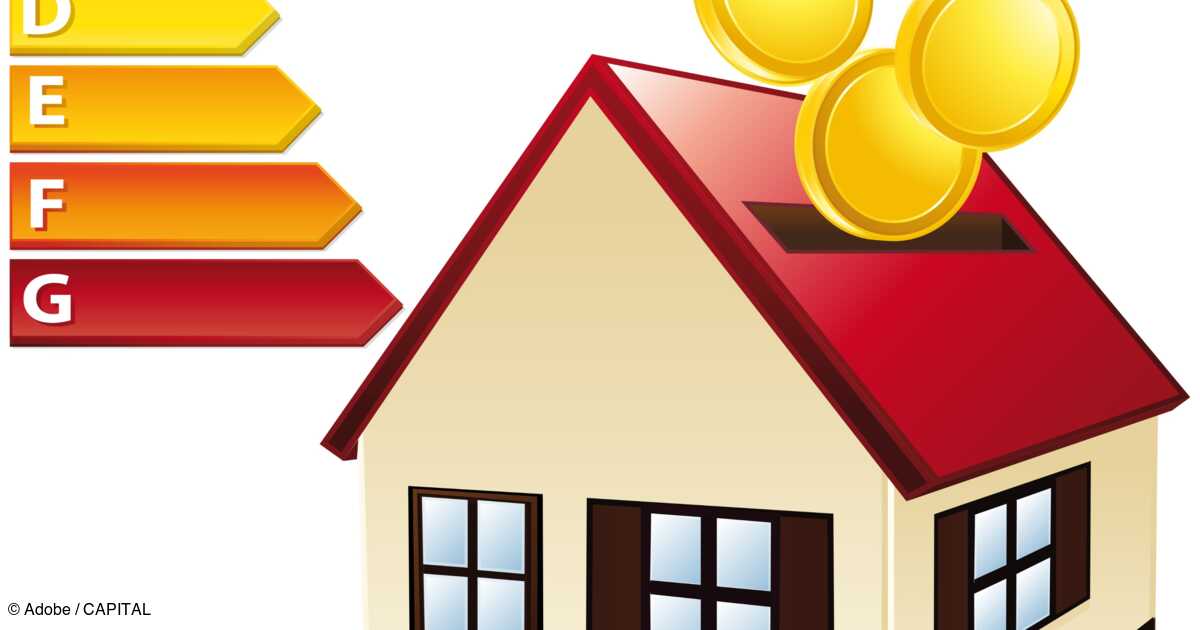In 2025, employees will benefit from a median increase of 3.5%. Key fact: women should be better off than men. Here’s why.
-
To safeguard
Saved
Receive alerts Salary
One more step towards equal pay. This year, French companies plan a median budget for salary increases of 3.5%, according to a study by the consulting firm WTW carried out among 1,000 companies in key sectors (sales, energy, finance, industry, tech, media and pharmacy). Let us specify that this budget is divided into three large envelopes : individual increases, to reward performance, collective increases, often linked to company agreements, and finally, catch-up increases, intended to correct unjustified salary gaps, particularly between women and men.
It is this third envelope which could change the situation for French employees in 2025. “This year, employers are adopting a catch-up philosophy, linked to transposition of the European directive on transparency salary »explains Khalil Ait-Mouloud, director of the compensation survey activity at WTW. Translation: companies take the initiative to adjust salaries before the law forces them to do so or they incur sanctions. They also have any interest in doing soaccording to Laurent Tylski, co-founder of Acteo consulting, a coaching firm for executives and directors: “Waiting until 2026 to comply with the directive would be a mistake. Companies risk encountering insurmountable budget constraints if they have to close the pay gaps for all their employees at once.”
Lower salary increases in 2025, but you won’t lose out
Because as a reminder, this European directive, applied in France by June 2026, aims to “strengthen the application of the principle of equal pay between women and men for the same work or work of equal value through pay transparency”. Within a year and a half, employers will therefore be forced to publish salaries directly in their job offersbut above all to communicate regularly on the remuneration of their internal employees. A measure which will notably allow female workers to more easily prove salary gaps with their male counterparts… and to request adjustments if necessary. Contrary to what one might think, bosses do not necessarily cringe at the idea of giving their employees more pay than expected: “Beyond complying with the law, it is above all a very good argument for promoting your employer brand and thus attracting new talents”estimates the professional coach of business leaders.
For an equivalent position, 1.7% salary gap between women and men
Although he does not have precise figures on the median budget for revaluations dedicated exclusively to women – “which are difficult to capture before the actual allocation of increases”according to the expert -, the consulting firm estimates that the part devoted to catching up with these unjustified salary gaps will vary between 0.5% and 1%. Differentiated treatment but necessary to correct “L’average salary gap of 1.7% between men and women in an equivalent position”.
Let’s take a concrete example. In agreement with the results of the study, let’s assume that an employer allocates an increase budget of 3.5% to its employees, distributed as follows: 2% for individual increases, 1% for collective increases and 0.5% for making up for unjustified deviations. Quentin and Sarah, for equal positions, earn 50,000 euros and 49,150 euros respectively, a difference of 1.7%. With the individual and collective increases (3% in total), Quentin sees his salary increase by 1,500 euros, while Sarah receives 1,475 euros. To correct the salary gap, the employer then allocates to Sarah the compensation envelope for unjustified gaps (0.5%), from which Quentin logically does not benefit. As a result, Sarah receives an additional 850 euros, bringing her total increase to 4.73%, compared to only 3% for Quentin.
Salary: the 10 professions recruiting the most permanent employees in 2025, and the proposed remuneration
The real estate sector, a bad student when it comes to equal pay
But on average, this 1.7% salary gap hides very different realities depending on the sector. If some stand out with lower salary disparities – such as tech, where the difference for the same position is “only” 1.3% – other areas of activity are far from exemplary. In thereal estatefor example, men earn on average 3.3% more than their female counterparts, despite having identical positions and responsibilities. For an employee earning 45,000 euros gross per year, this therefore represents a shortfall of 1,685 euros. Unsurprisingly, these are “in these sectors where the gaps are most pronounced that employers plan the most significant catch-up packages”predicts Khalil Ait-Mouloud.
Receive our latest news
Every week, the key articles to accompany your personal finance.











